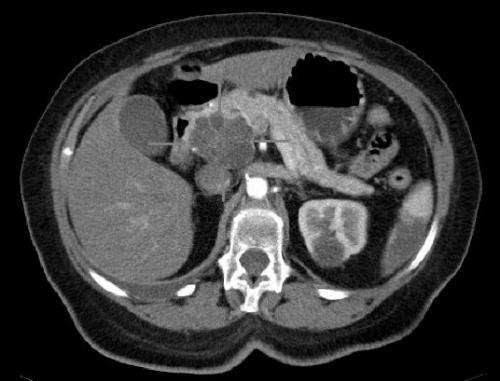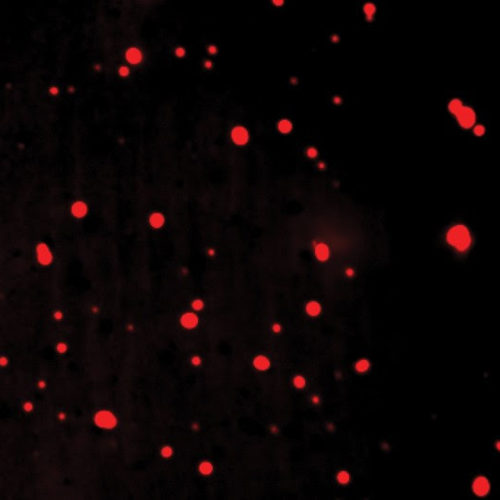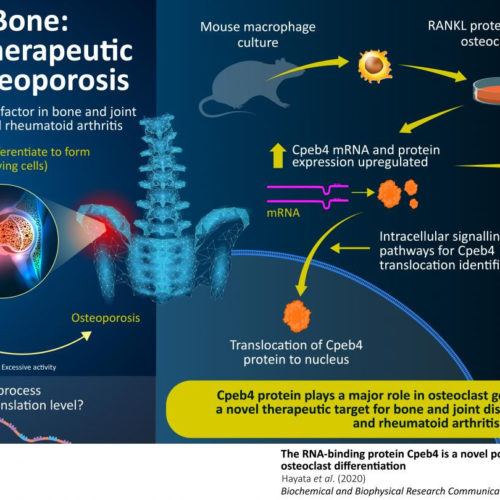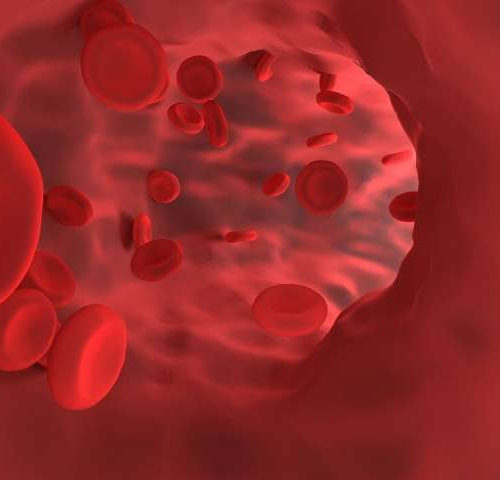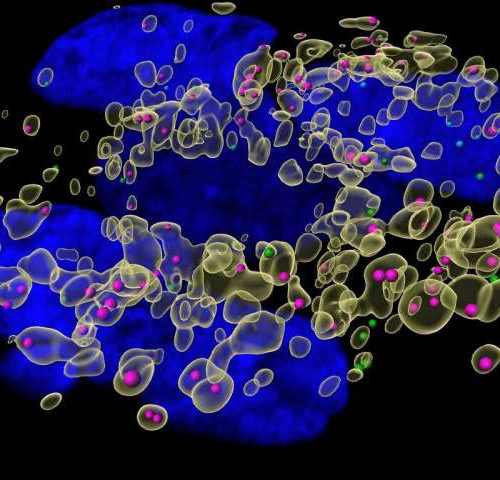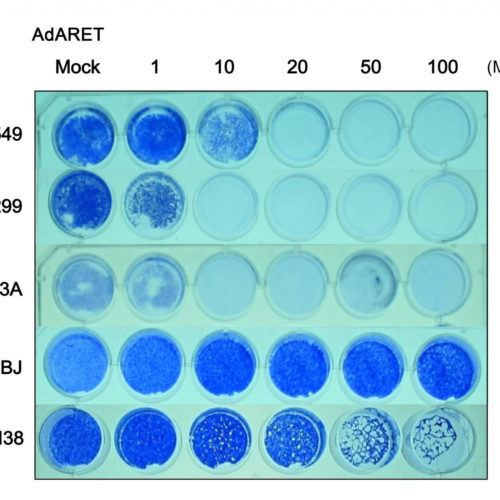by UC Davis UC Davis MIND Institute researchers found an unexpected set of mental illnesses in patients with a spectrum of a rare genetic disorder. Their study revealed the need for clinicians to consider the complexities of co-existing conditions in patients with both psychological and fragile X associated disorders. Double-hit fragile X spectrum cases The...
Tag: <span>RNA</span>
SARS-CoV-2: New insights on antibody testing and RNA testing
Washington, DC – June 20, 2020 – Two types of tests are used to track SARS-CoV-2. Reverse transcriptase PCR (rt-PCR) tests for current infection. Antibody tests reveal that an infection has taken place, even long after the fact. Each of 2 papers published in the Journal of Clinical Microbiology (JCM) addresses one of these testing...
Researchers find a new therapeutic target in pancreatic cancer
by Dartmouth-Hitchcock Medical Center The development of pancreatic cancer is driven by co-existing mutations in an oncogene involved in controlling cell growth, called KRAS, and in a tumor suppressor gene, called p53. But how these mutations cooperate to promote cancer is unknown. A new study co-led by Steven Leach, MD, Director of Dartmouth’s and Dartmouth-Hitchcock’s...
Simple blood test could one day diagnose motor neurone disease
by University of Sussex Scientists at the University of Sussex have identified a potential pattern within blood which signals the presence of motor neuron disease; a discovery which could significantly improve diagnosis. Currently, it can take up to a year for a patient to be diagnosed with amyotrophic lateral sclerosis(ALS), more commonly known as motor...
How cells’ ‘lava lamp’ effect could make cancer drugs more powerful
Discovery that synthetic compounds form concentrated droplets inside cells could shake up drug development — including the hunt for coronavirus treatments. Fluorescently tagged molecules of the cancer drug cisplatin clump up inside droplets in cells.Credit: Isaac Klein/Whitehead Institute There’s a long-standing assumption in the pharmaceutical industry that when drug molecules enter a cell, they spread...
How cancer drugs find their targets could lead to a new toolset for drug development
by Whitehead Institute for Biomedical Research The molecular structure of the cancer drug cisplatin causes it to concentrate in tiny non-membrane bound organelles called condensates held together by the protein MED1. By altering other drugs to concentrate in specific condensates, drug developers may be able to improve targeting efficacy in future. Credit: Isaac Klein, Whitehead...
Down to the bone: Understanding how bone-dissolving cells are generated
Scientists explain the role of a certain protein in the generation of cells critical to bone maintenance Chronic bone and joint diseases, such as osteoporosis and rheumatoid arthritis, affect millions of people worldwide, particularly the elderly, degrading their quality of life. An important factor in both of these diseases is the excessive activity of bone-dissolving...
How a microRNA protects vascular integrity
by Ludwig Maximilian University of Munich Short RNA molecules known as microRNAs (miRNAs) play a vital role in the regulation of gene expression. Anomalies in miRNAs expression and function have been implicated in pathological processes, such as the development of chronic diseases like atherosclerosis. The regulatory functions of miRNAs usually take place in the cytoplasm,...
Researchers discover key player in hepatitis A virus infection
by University of North Carolina Health Care Hepatitus A virus particles (pink) trapped in lysosomes (yellow intracellular organelles), unable to initiate replication in the cytoplasm of cells due to UCGC enzyme being knocked out. Credit: Maryna Kapustina, PhD, UNC School of Medicine How hepatitis A virus (HAV) manages to enter liver cells called hepatocytes and...
Exploiting viruses to attack cancer cells
An adenovirus is now better able to target and kill cancer cells due to the addition of an RNA stabilizing element. Hokkaido University scientists have made an adenovirus that specifically replicates inside and kills cancer cells by employing special RNA-stabilizing elements. The details of the research were published in the journal Cancers. Much research in...


